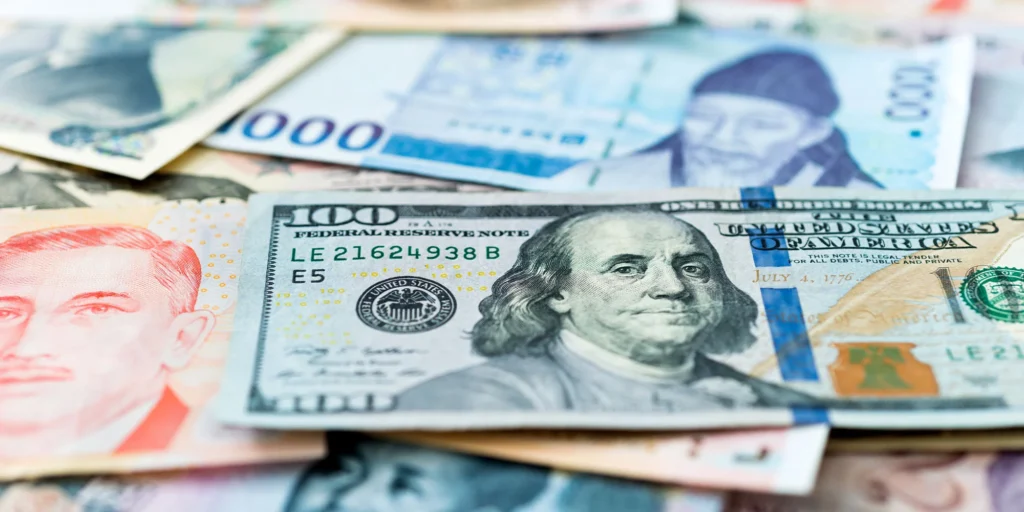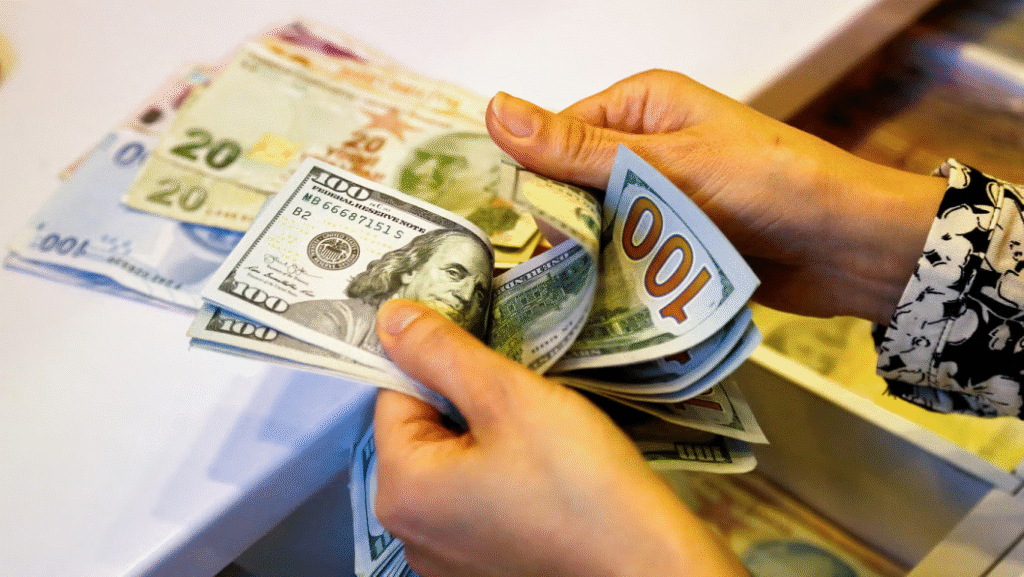
In 2025, the U.S. dollar remains one of the most influential forces in global financial markets. Its strength—or weakness—affects everything from multinational earnings and commodity prices to emerging market debt and capital flows. For investors with international exposure, understanding the impact of a rising dollar is essential for managing risk and identifying opportunity.
So what does a strong dollar mean for global investments? Let’s break it down.
The Dollar Rally: What’s Driving It?
The U.S. dollar has appreciated steadily against most major currencies this year, buoyed by:
- Higher U.S. Interest Rates: With the Federal Reserve maintaining elevated rates to combat inflation, U.S. assets offer more attractive yields compared to foreign alternatives. This drives global demand for dollar-denominated instruments like Treasurys.
- Economic Resilience: The U.S. economy has shown more stability and growth than many of its global peers, especially in Europe and parts of Asia, making it a safer destination for capital.
- Geopolitical Tensions: Investors often seek refuge in the dollar during times of global uncertainty, viewing it as a safe-haven currency.
Impact on U.S. Companies with Global Exposure
One of the most direct effects of a strong dollar is on the earnings of U.S.-based multinational corporations.
When American companies generate revenue overseas, they often report those earnings in dollars. A stronger dollar reduces the value of that foreign income when it’s converted back into USD, effectively shrinking reported revenue and profit margins.
Industries particularly affected include:
- Technology (e.g., Apple, Microsoft)
- Pharmaceuticals (e.g., Pfizer, Johnson & Johnson)
- Consumer Goods (e.g., Procter & Gamble, Coca-Cola)
For these companies, currency headwinds can weigh on quarterly earnings—even if core business performance remains strong.
Emerging Markets: Increased Vulnerability
Emerging market economies often carry debt denominated in U.S. dollars. When the dollar strengthens, these countries face two major challenges:
- More Expensive Debt Payments: They must spend more local currency to repay dollar-denominated loans.
- Capital Outflows: Investors may pull money out of emerging markets and move it into dollar-based assets with better returns and perceived lower risk.
This dynamic can lead to financial stress in countries with weak currencies, high external debt, or fragile political environments.
As a result, equities and bonds in emerging markets tend to underperform during extended periods of dollar strength.
Commodity Prices Under Pressure
Most global commodities—including oil, gold, and industrial metals—are priced in U.S. dollars. When the dollar strengthens, those commodities become more expensive for buyers using other currencies, which can lead to:
- Lower demand
- Downward pressure on prices
- Weaker revenues for commodity-exporting countries
This creates an inverse relationship between the dollar and commodity prices. Investors in energy, mining, and agriculture sectors should watch currency moves closely.
Investment Strategies in a Strong-Dollar Environment
✅ Favor U.S.-Domestic Plays
Companies that generate the majority of their revenue within the U.S. are less exposed to foreign exchange risk and may outperform when the dollar is strong.
✅ Look for Hedged International ETFs
If you’re investing abroad, consider ETFs that hedge against currency fluctuations to protect returns.
✅ Focus on Developed Markets Over Emerging Markets
Developed economies tend to be more resilient during dollar rallies. If you’re maintaining global diversification, consider tilting exposure toward Europe or Japan rather than high-risk emerging markets.
✅ Watch Commodity Sensitivity
Commodities and related stocks may lag while the dollar stays elevated. Diversify exposure and avoid over-concentration in resource-heavy assets.

What Could Reverse the Dollar’s Strength?
While the dollar is strong now, no trend lasts forever. These factors could weaken it:
- Rate Cuts by the Federal Reserve: If the Fed starts lowering rates later in 2025, the yield advantage of the dollar could fade.
- Global Growth Recovery: A rebound in Europe or Asia could attract capital away from the U.S.
- Improved Risk Appetite: In a more stable geopolitical environment, investors may rotate back into riskier international assets.
Conclusion
The strength of the U.S. dollar has wide-reaching effects across global investment markets. From shrinking multinational profits to destabilizing emerging economies and weighing on commodity prices, it’s a powerful force that can’t be ignored.
For investors, the key is to recognize both the risks and the opportunities. Adjusting international exposure, hedging strategically, and keeping an eye on macroeconomic signals can make the difference between weathering the dollar cycle—and being swept away by it.
Now more than ever, smart global investing requires a strong understanding of currency dynamics—and the U.S. dollar is at the center of it all.